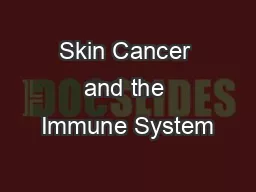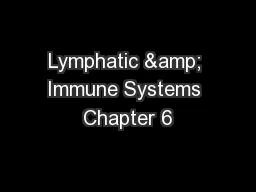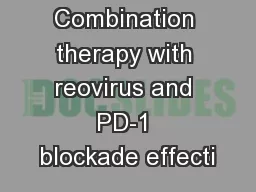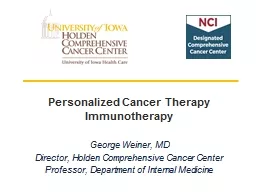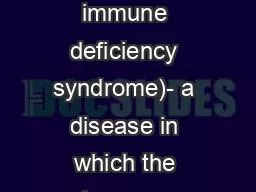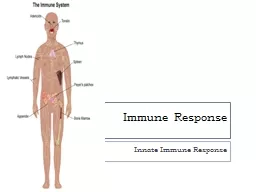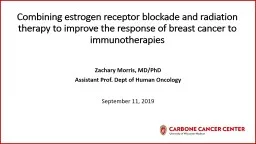PPT-Emerging Concepts on PD-L1: Immune Check Point Blockade in Cancer
Author : yoshiko-marsland | Published Date : 2019-11-05
Emerging Concepts on PDL1 Immune Check Point Blockade in Cancer Short Presentations on Emerging Concepts SPEC Version 10 rev 972016 2018 College of American Pathologists
Presentation Embed Code
Download Presentation
Download Presentation The PPT/PDF document "Emerging Concepts on PD-L1: Immune Check..." is the property of its rightful owner. Permission is granted to download and print the materials on this website for personal, non-commercial use only, and to display it on your personal computer provided you do not modify the materials and that you retain all copyright notices contained in the materials. By downloading content from our website, you accept the terms of this agreement.
Emerging Concepts on PD-L1: Immune Check Point Blockade in Cancer: Transcript
Download Rules Of Document
"Emerging Concepts on PD-L1: Immune Check Point Blockade in Cancer"The content belongs to its owner. You may download and print it for personal use, without modification, and keep all copyright notices. By downloading, you agree to these terms.
Related Documents


